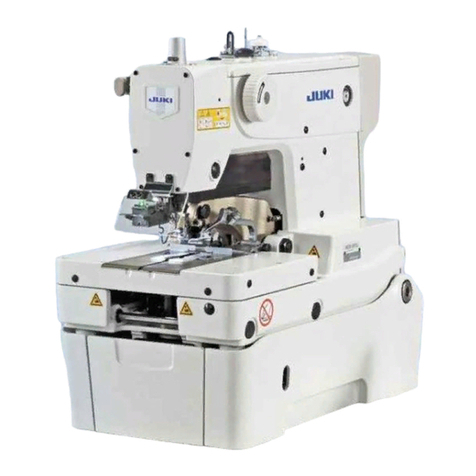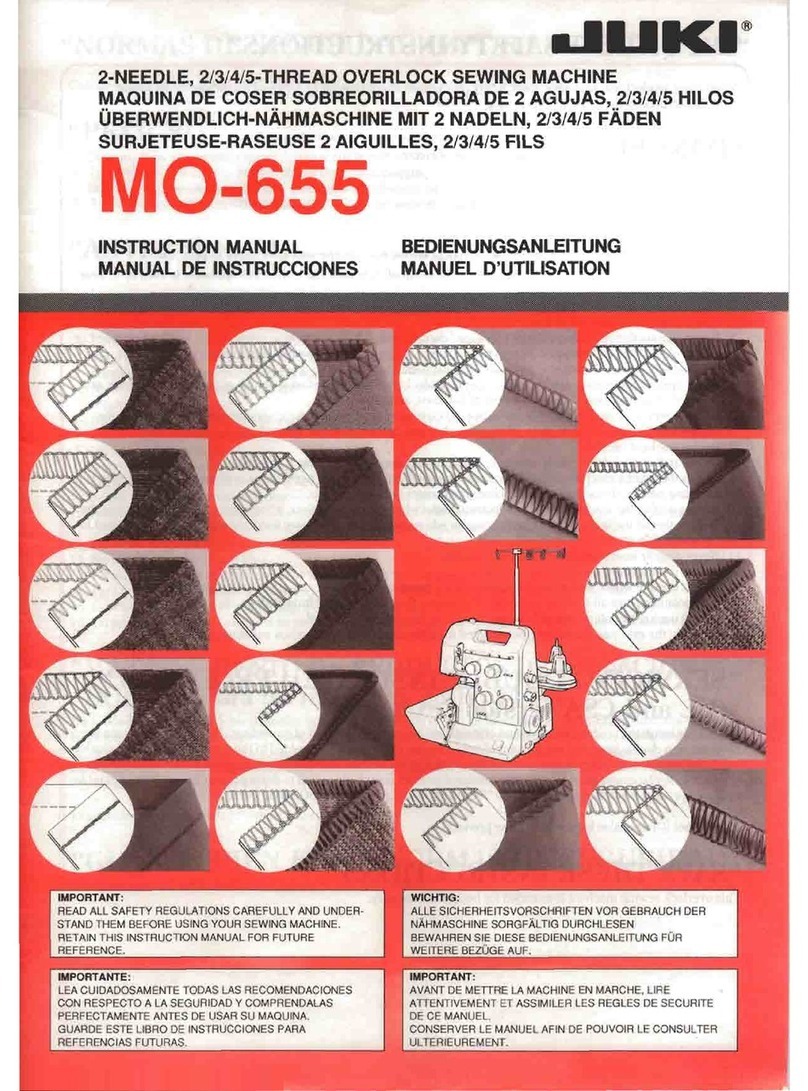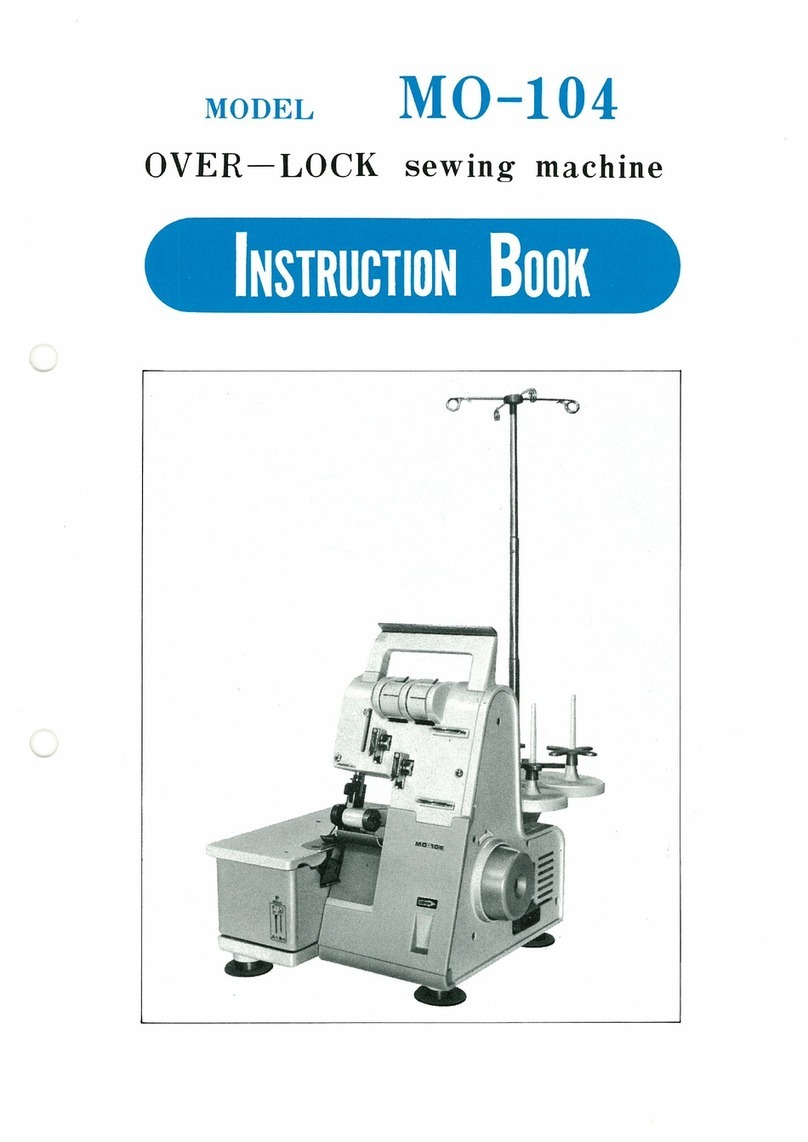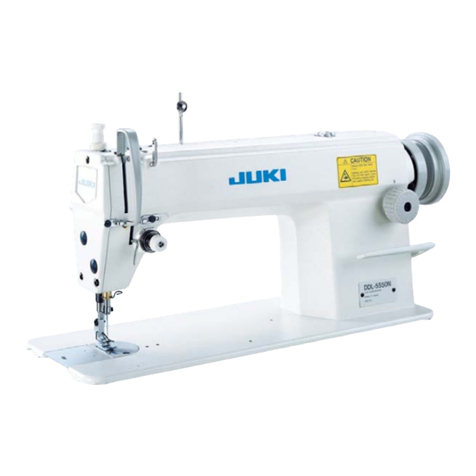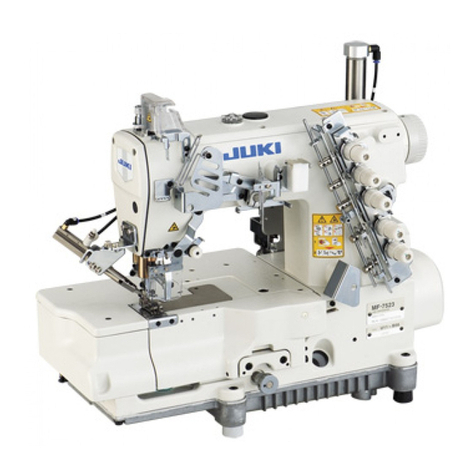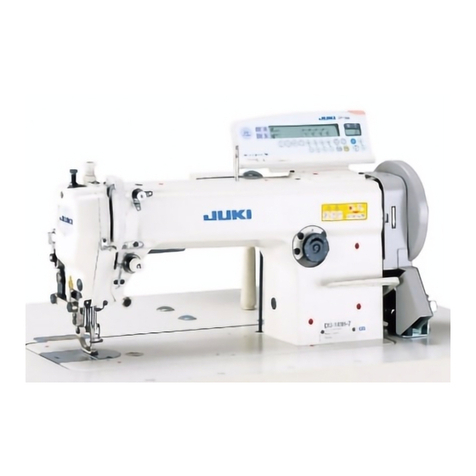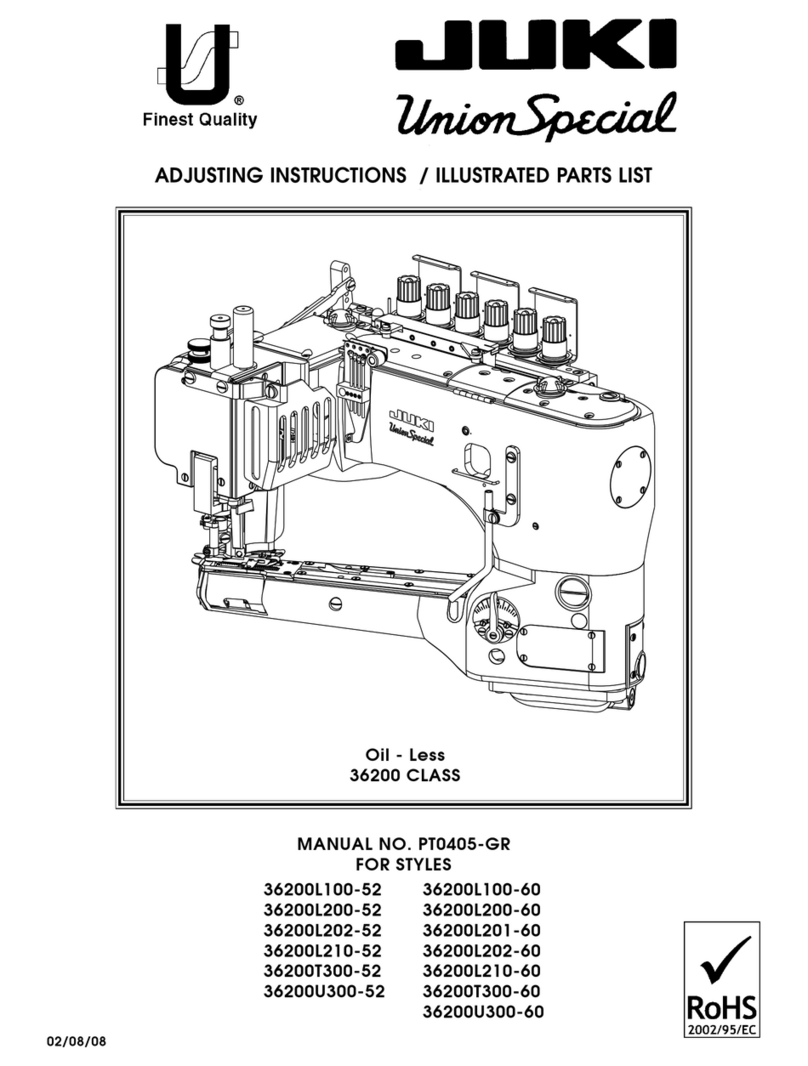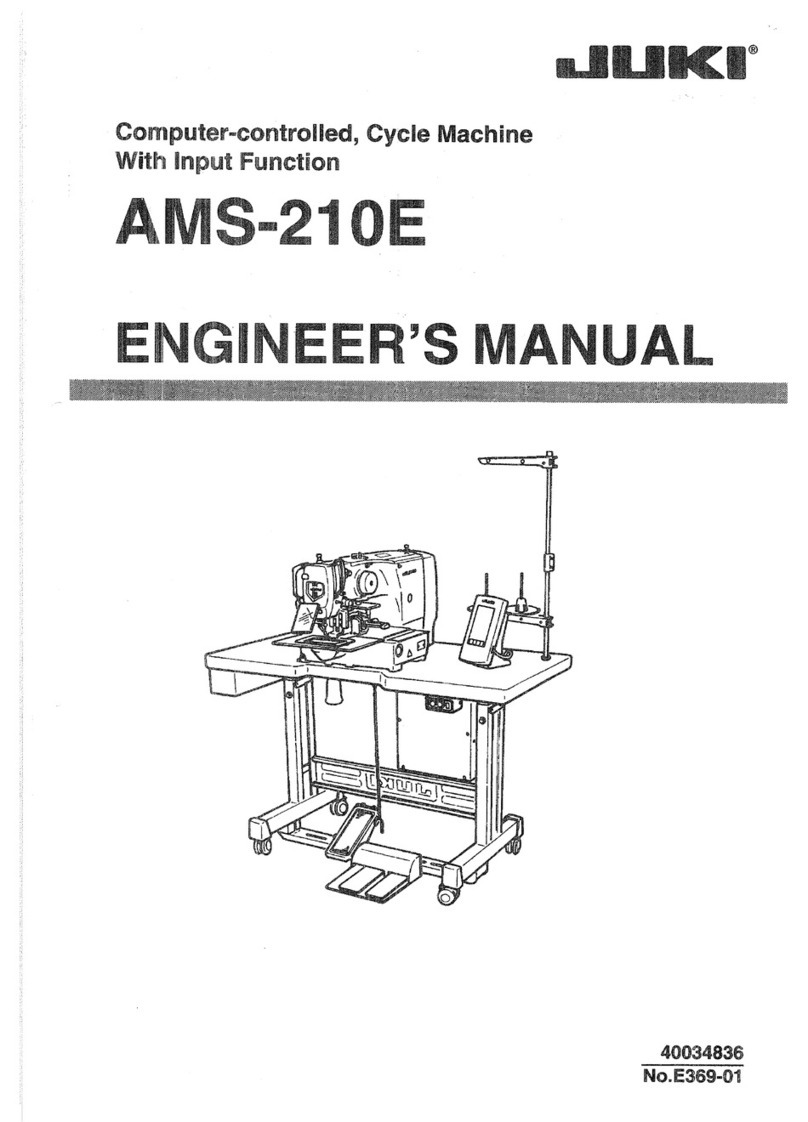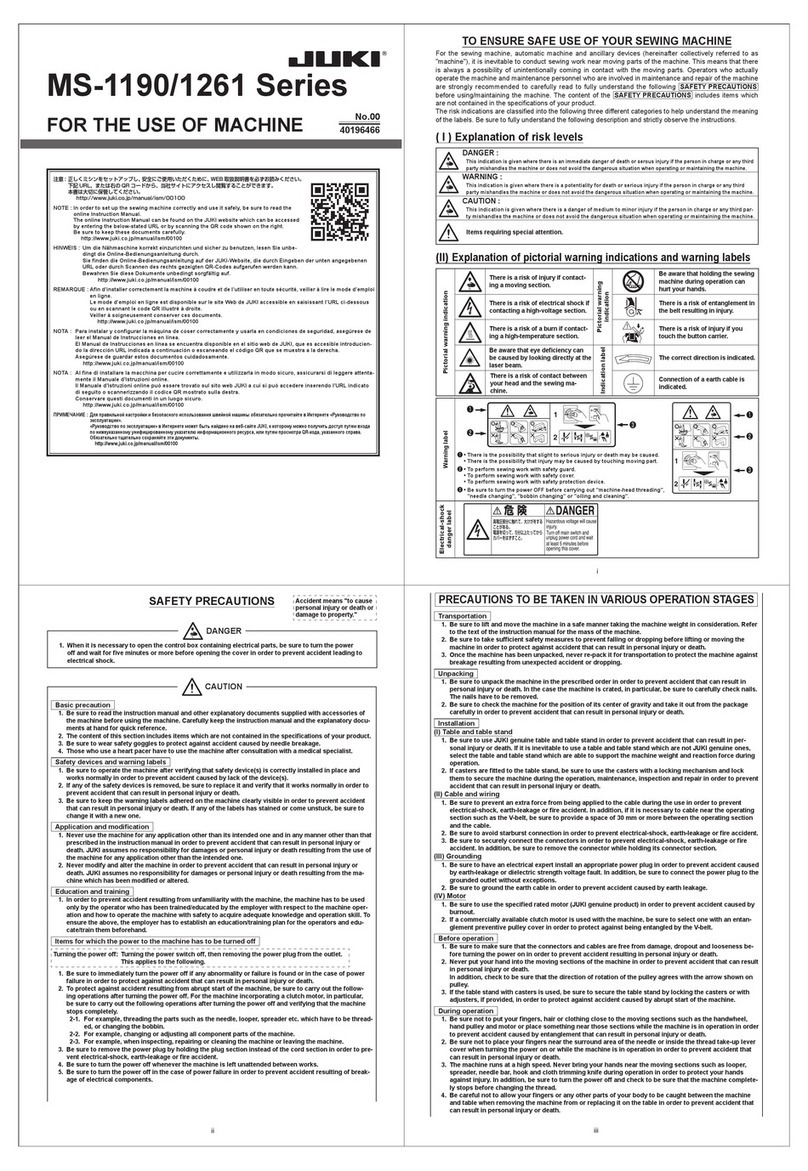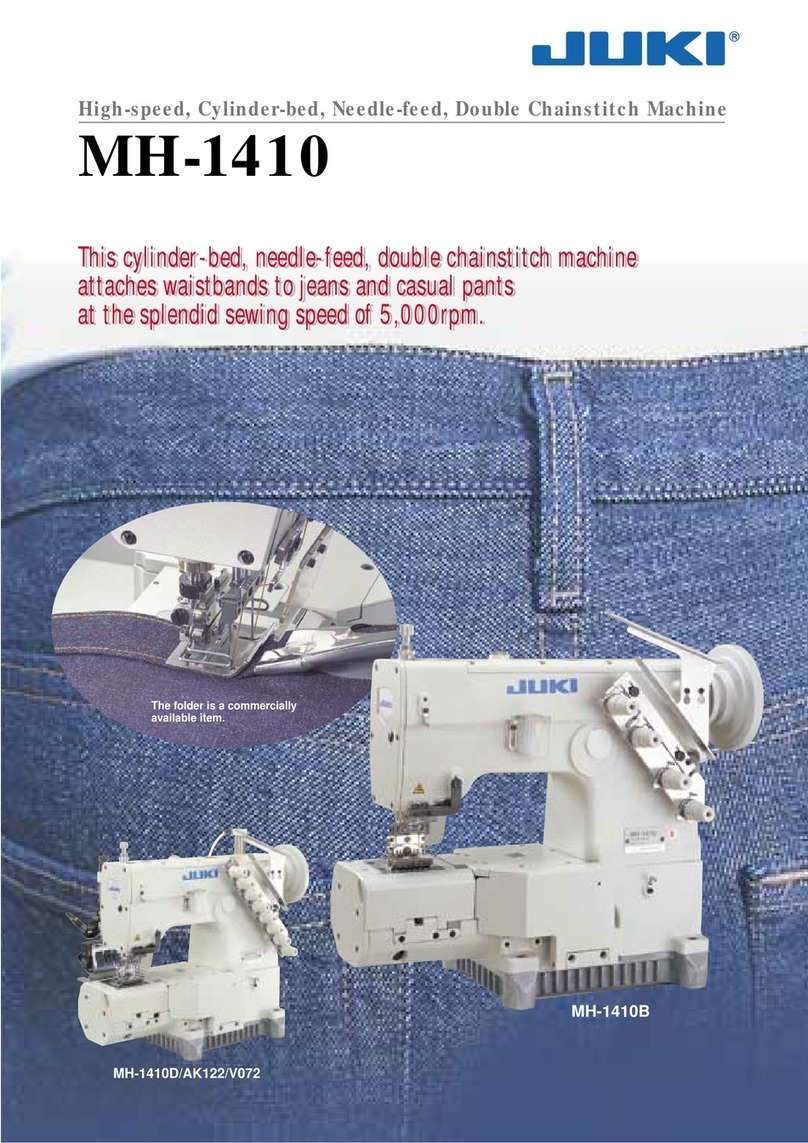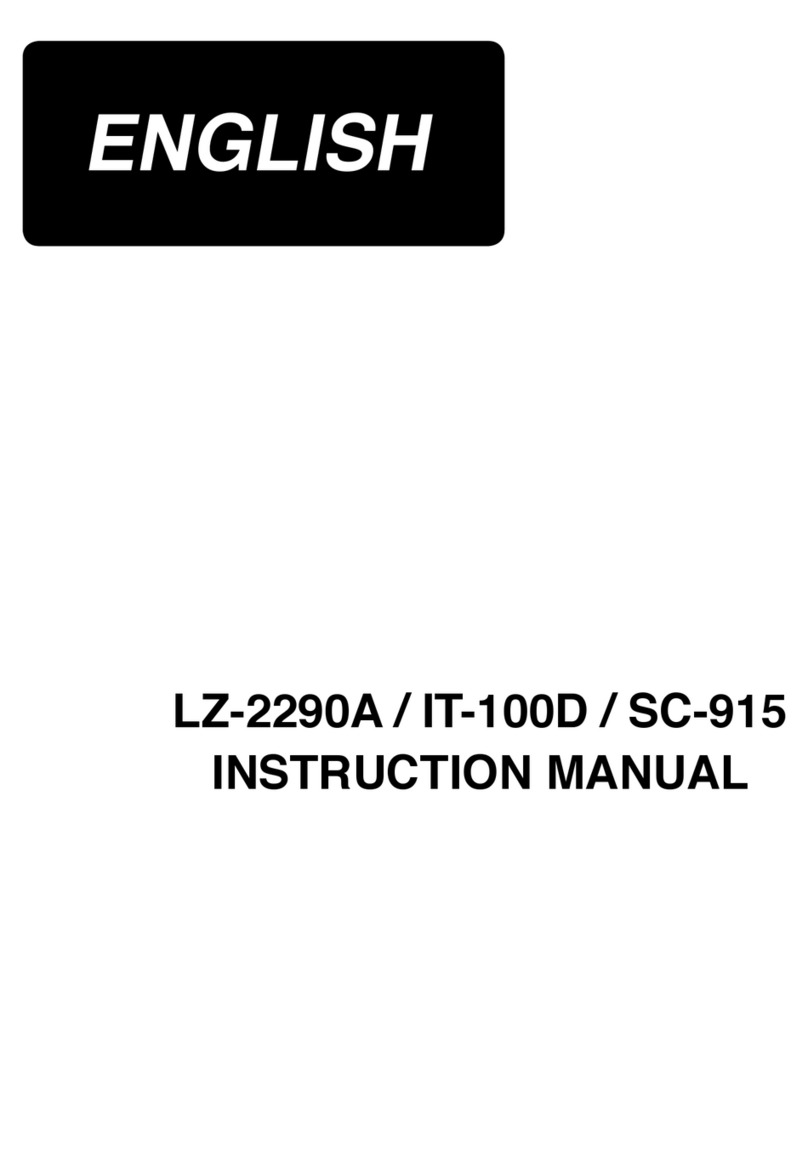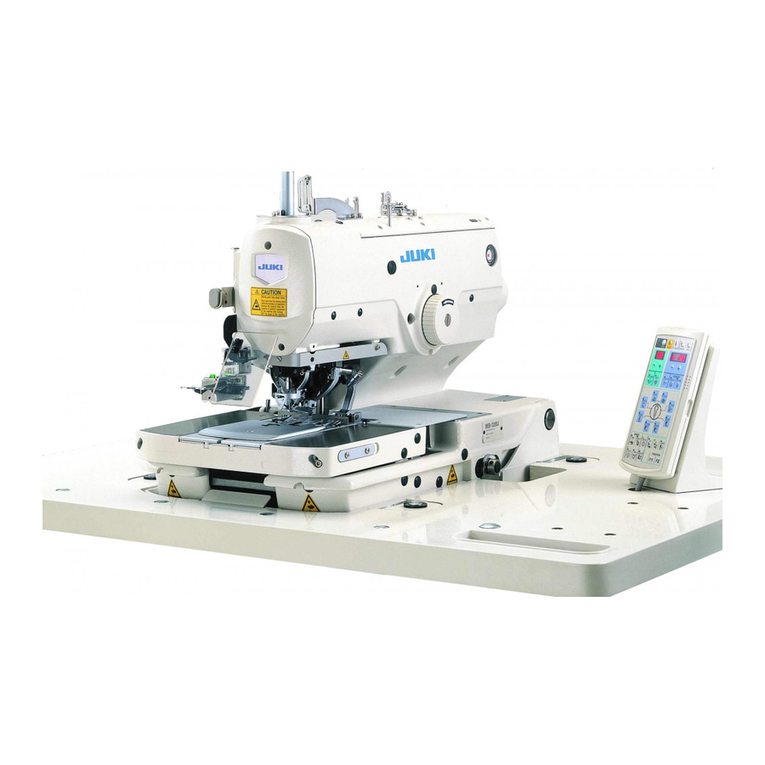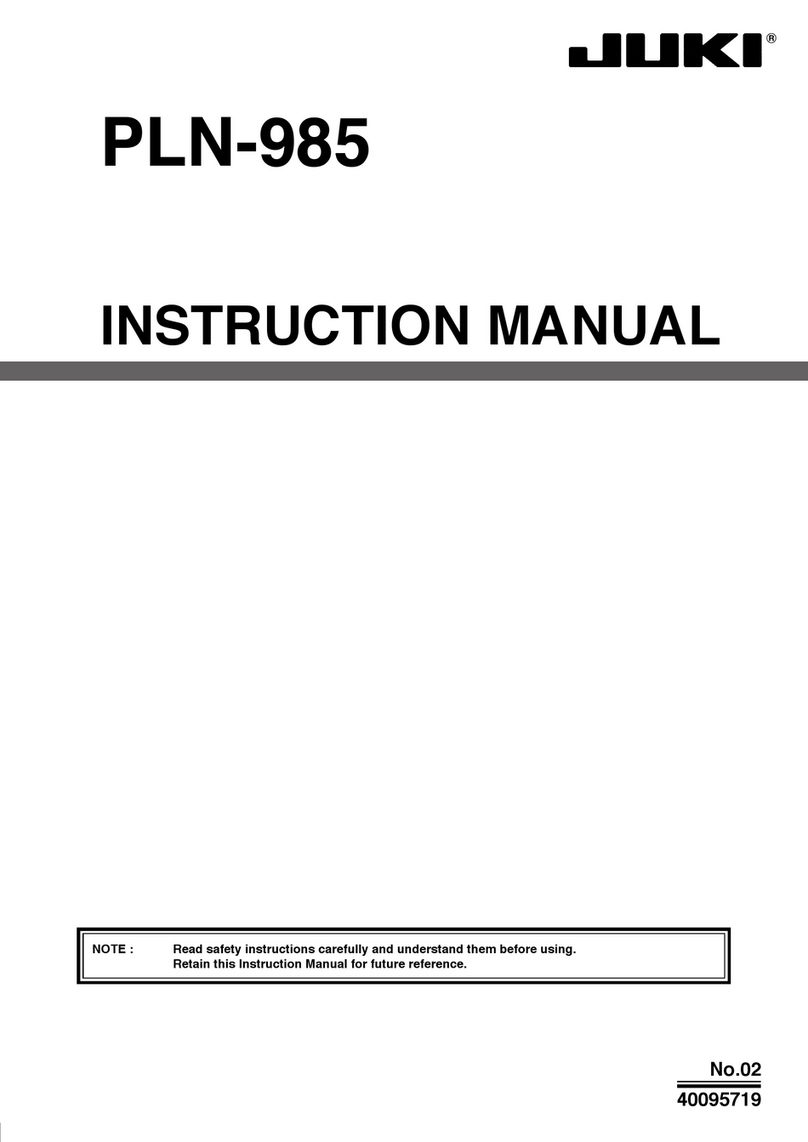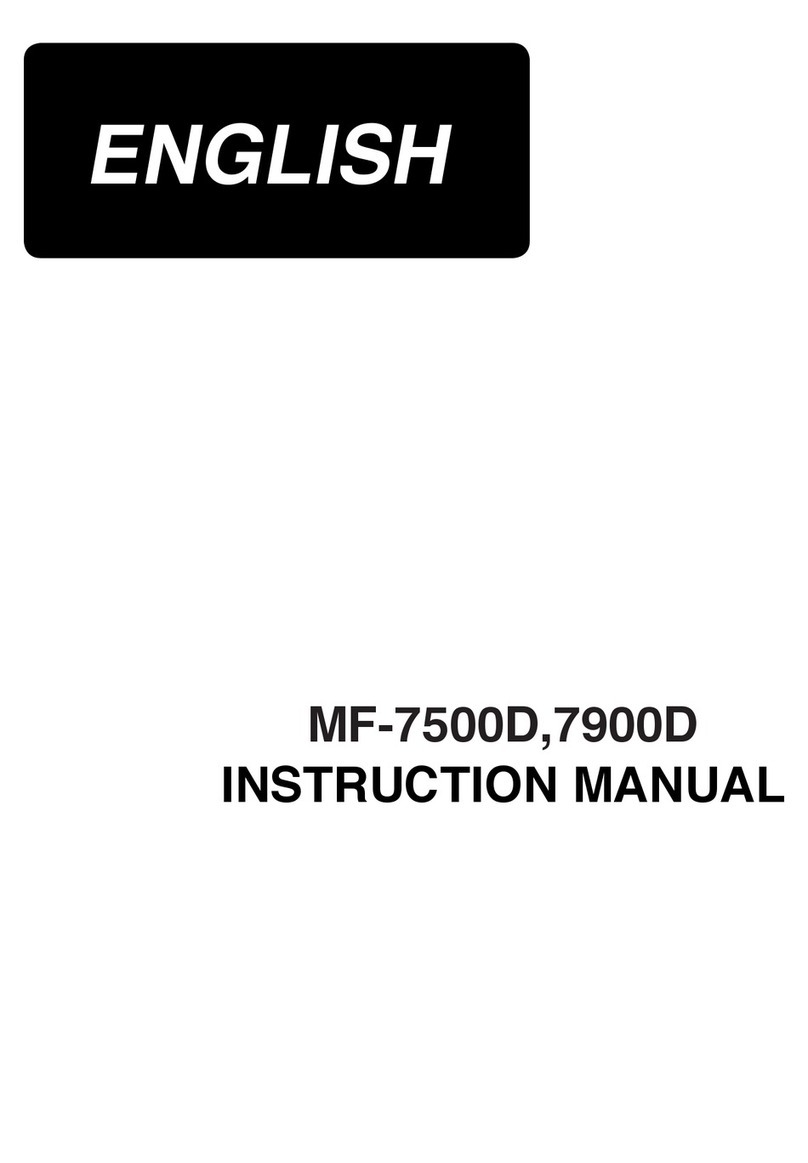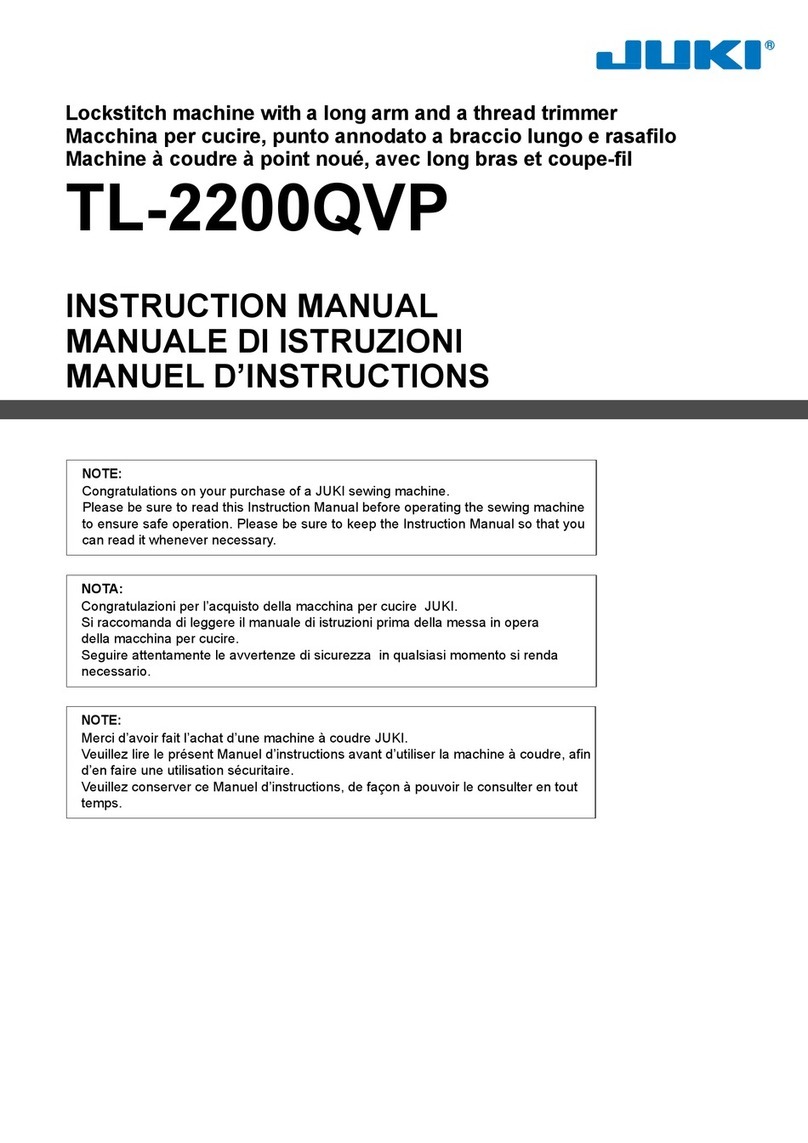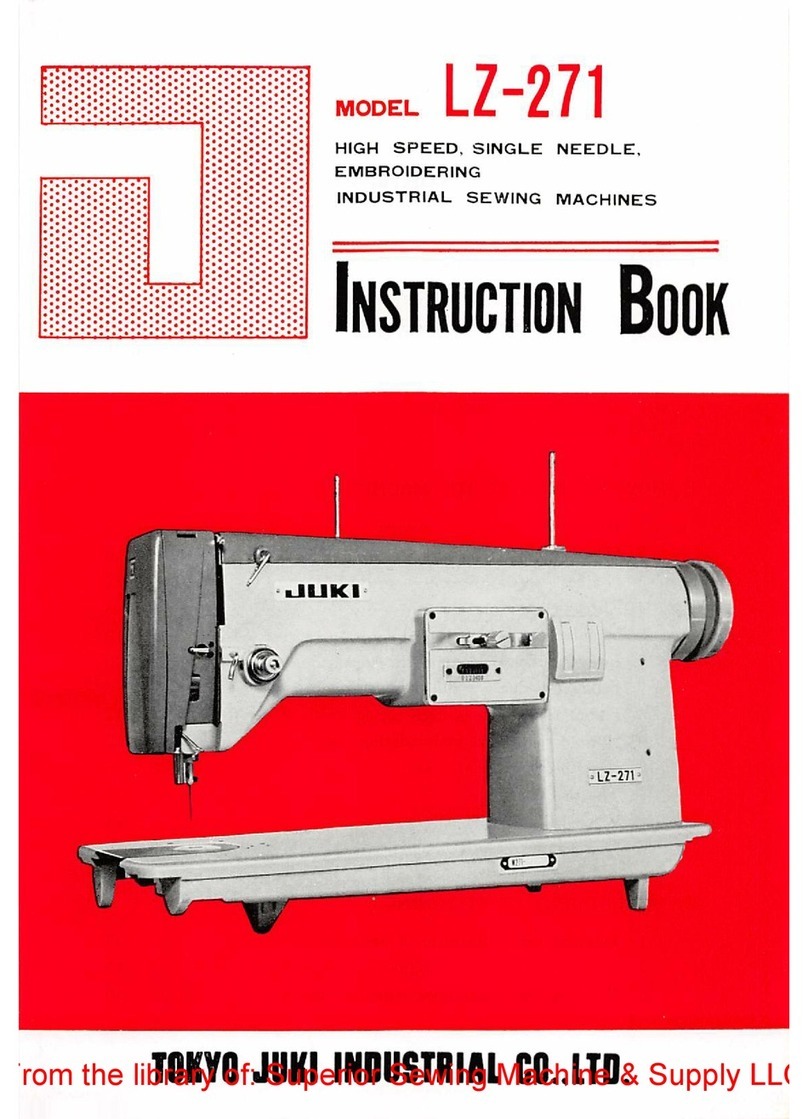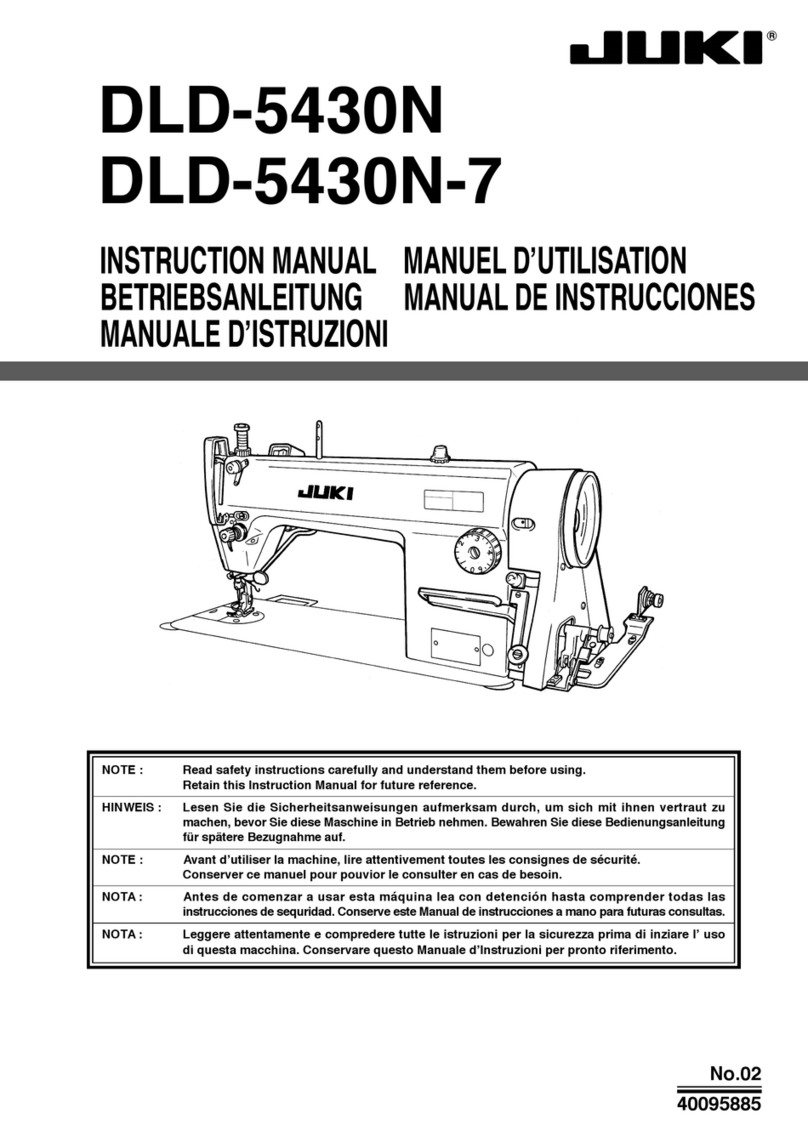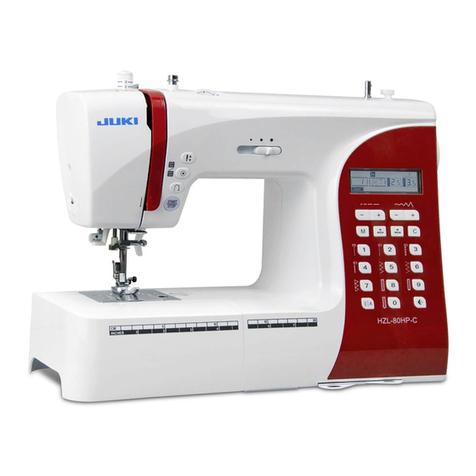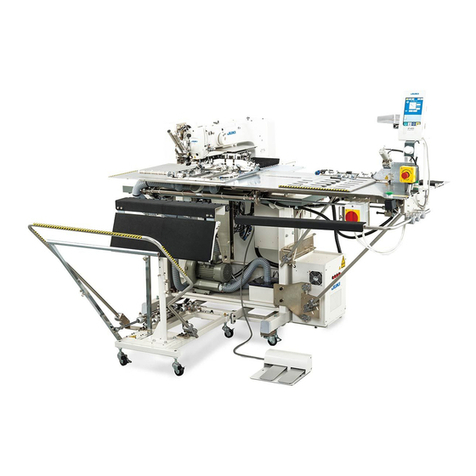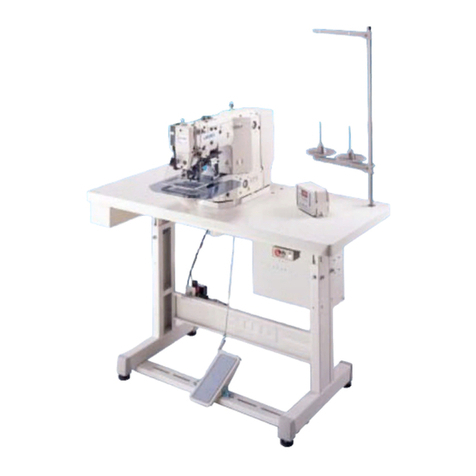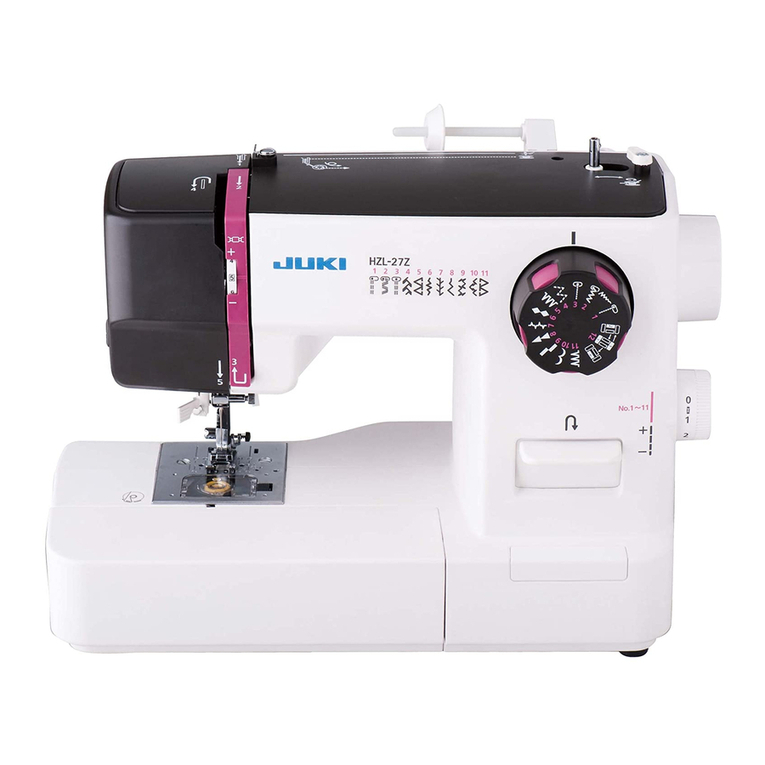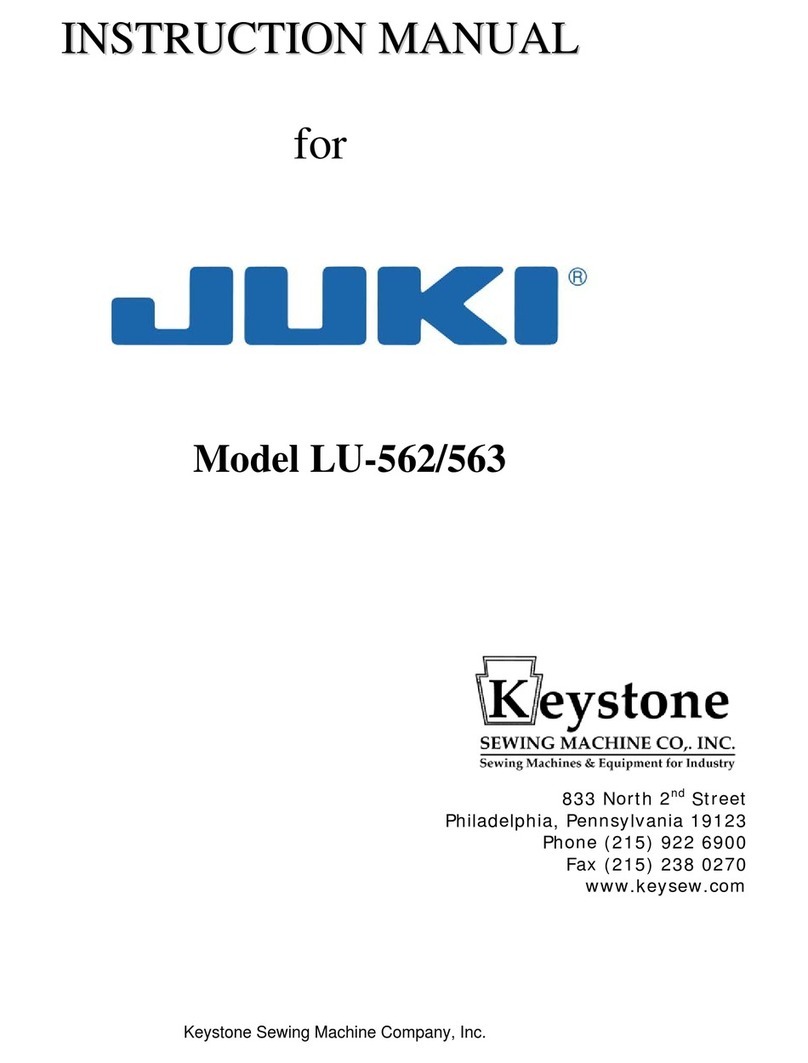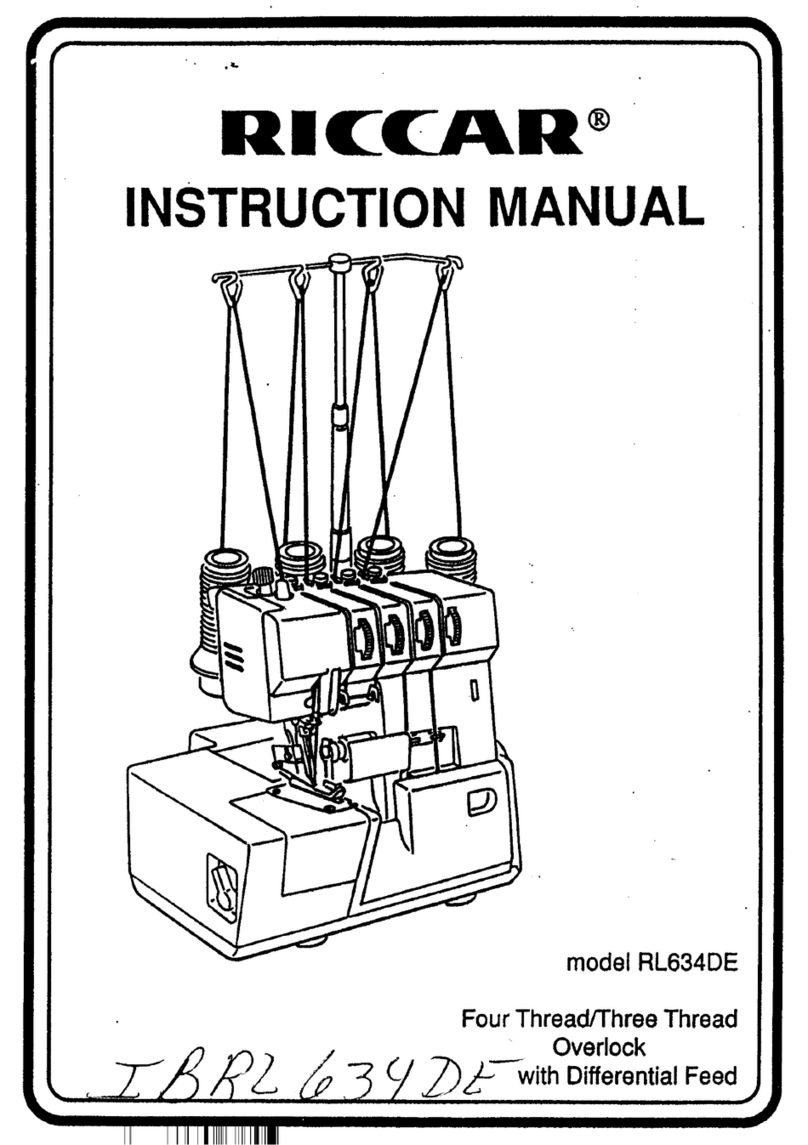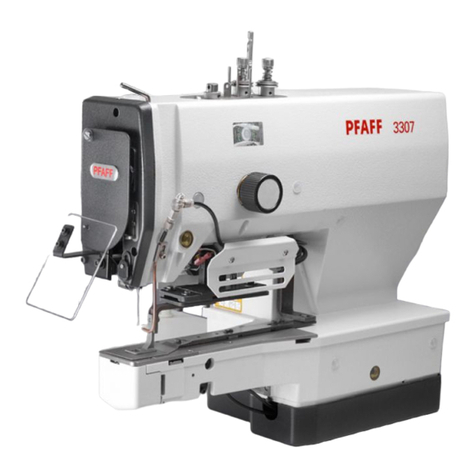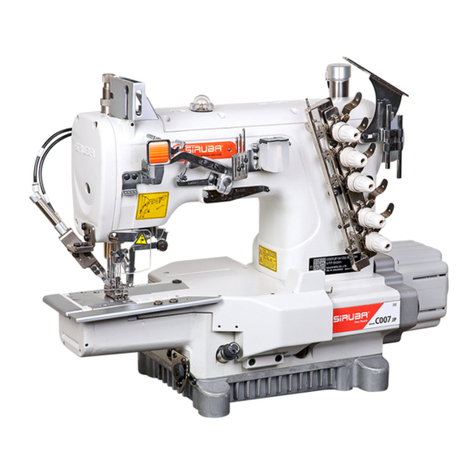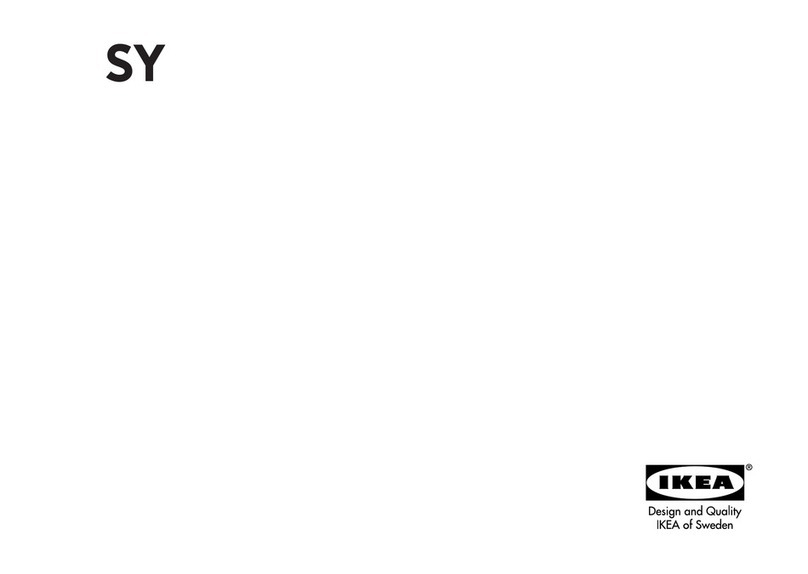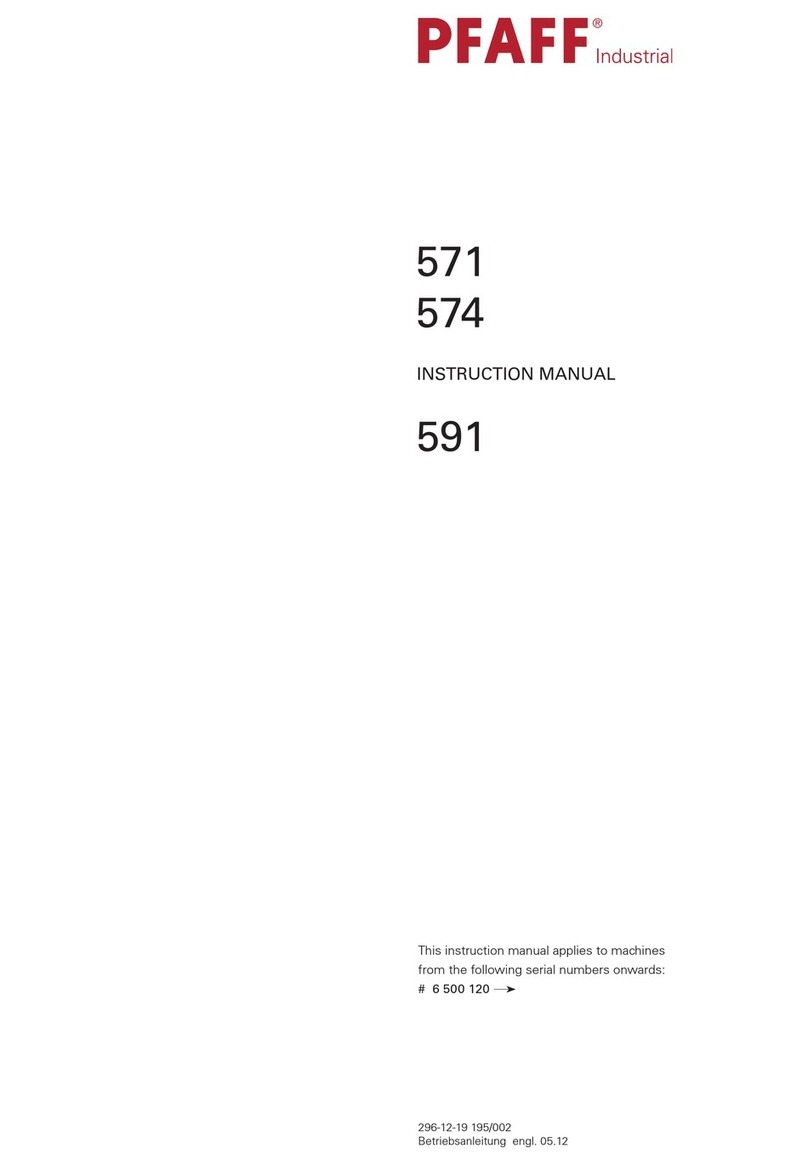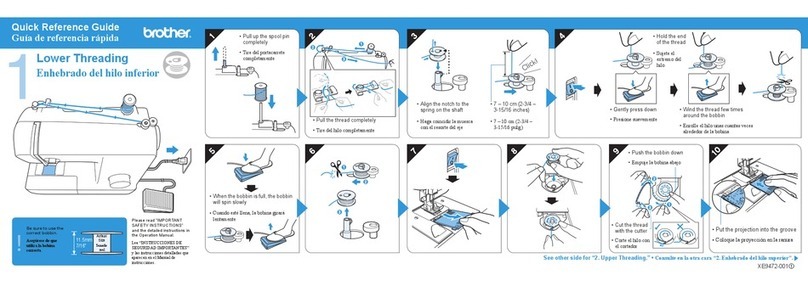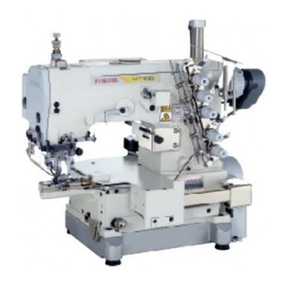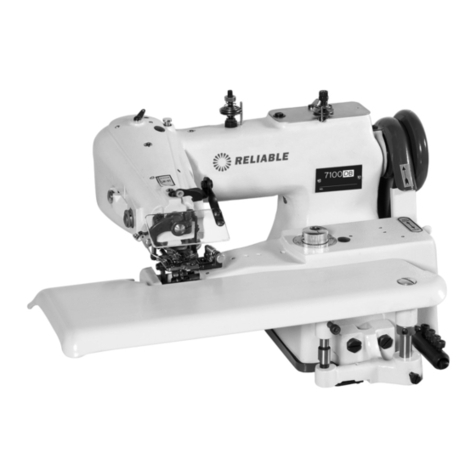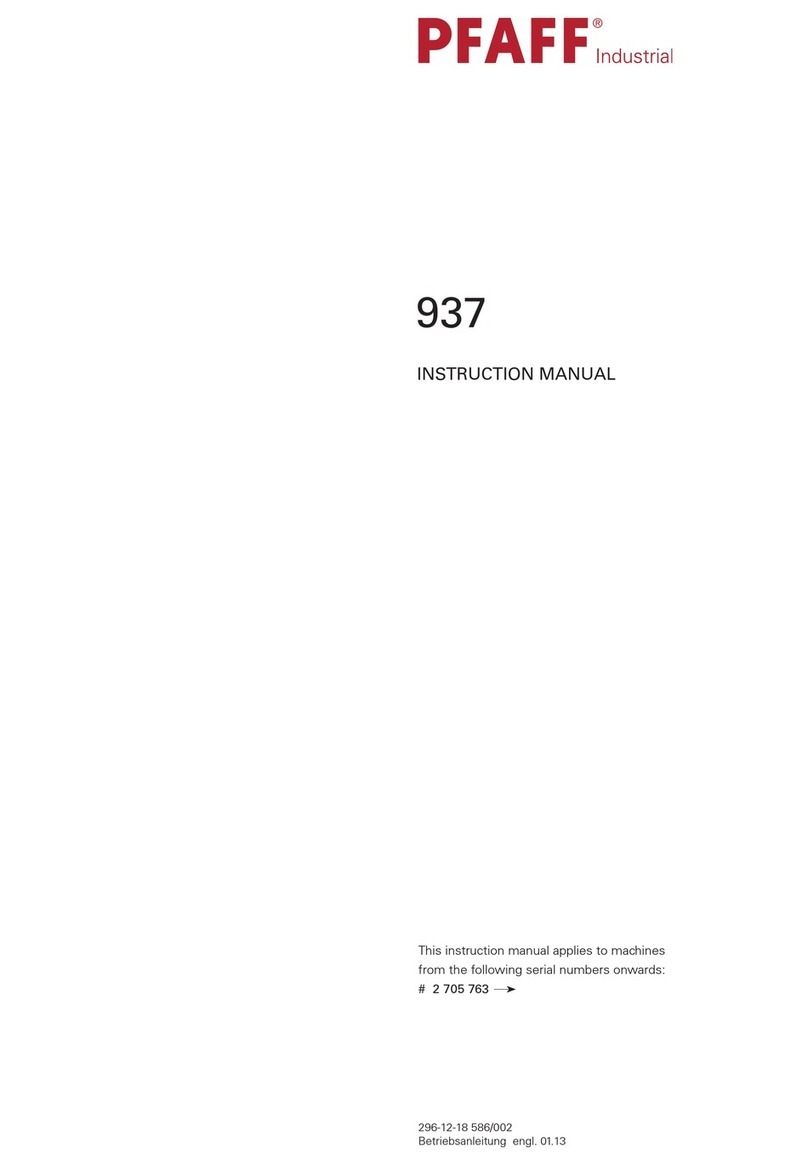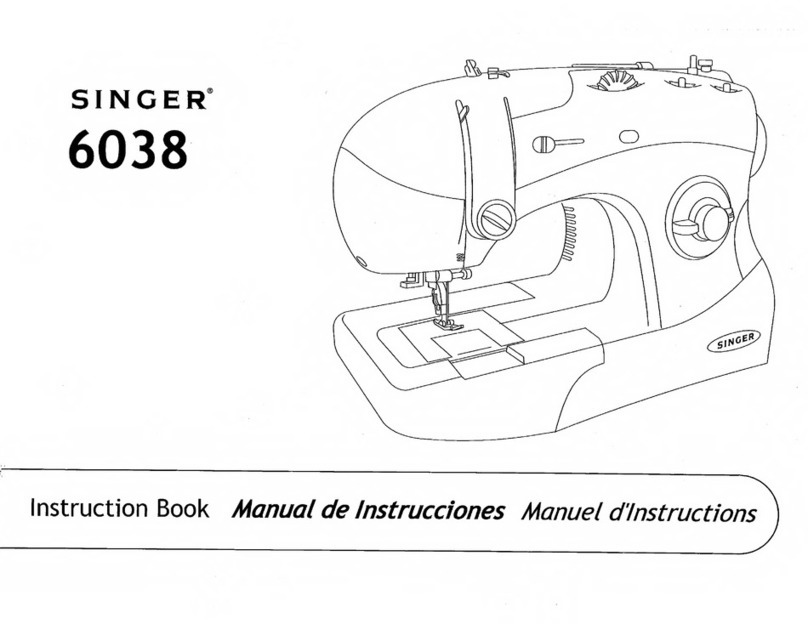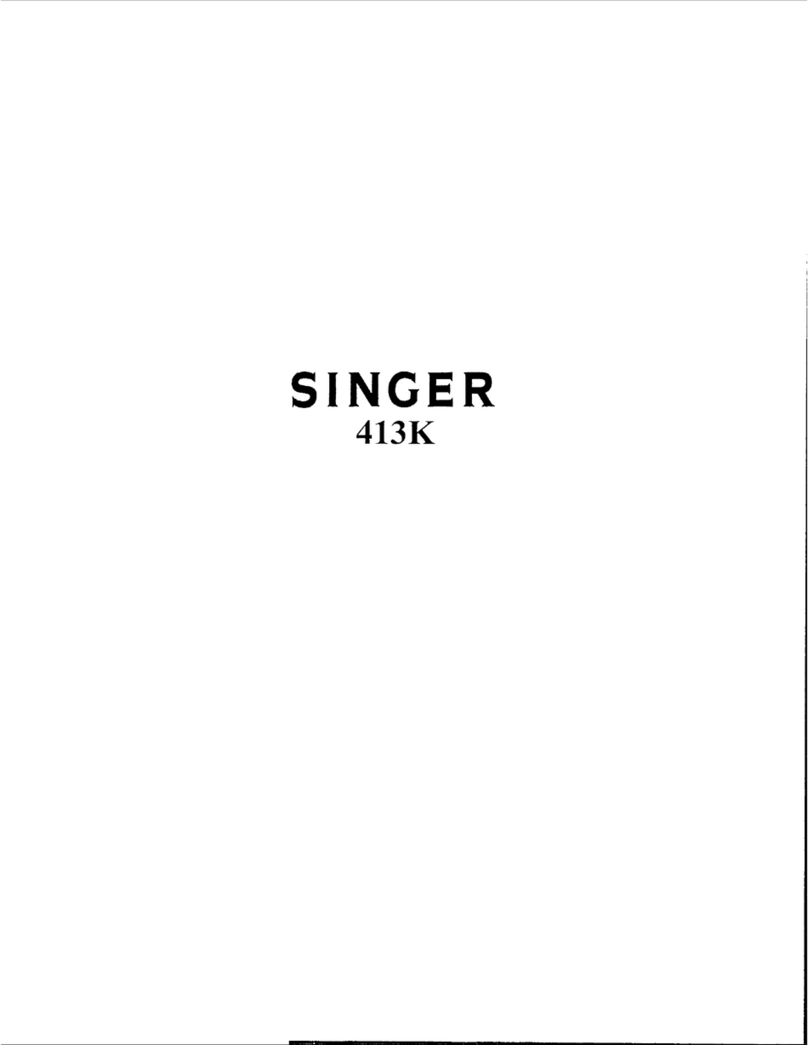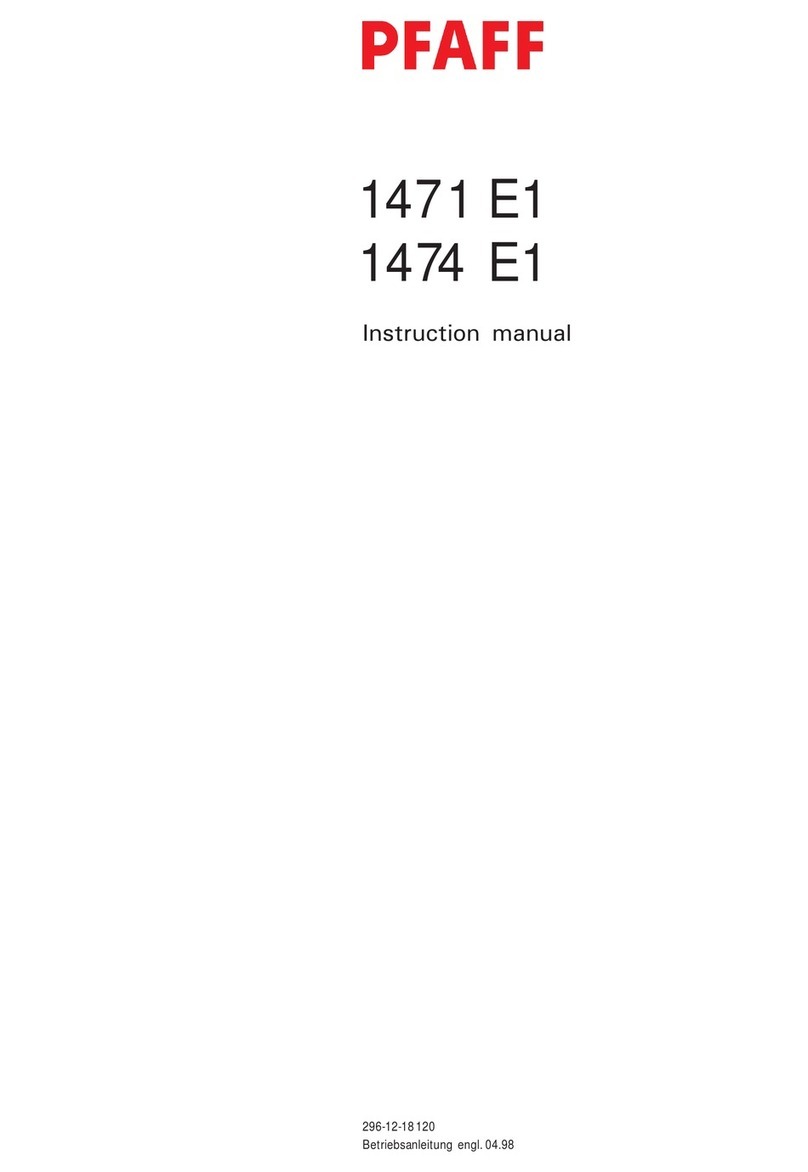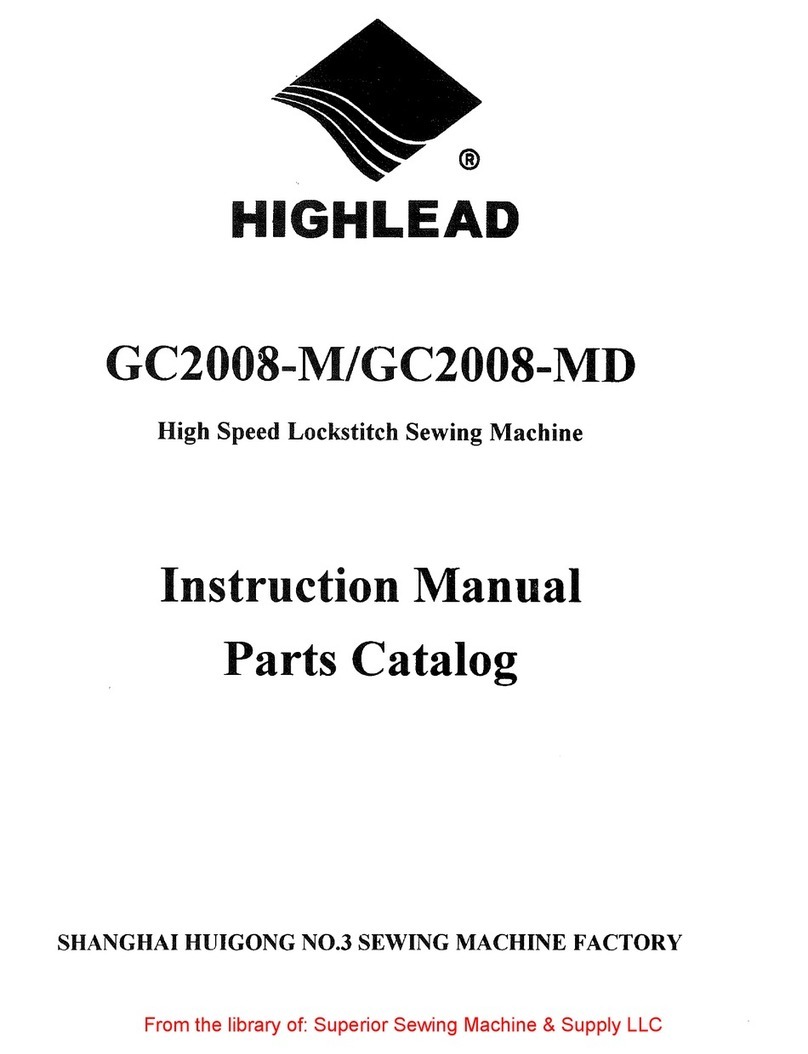CONTENTS
1. SPECIFICATIONS................................................................................................... 1
2. CONFIGURATION OF THE MACHINE COMPONENTS........................................ 2
3. MODEL NUMBERING SYSTEM ............................................................................ 3
(1) MF-7800D Series . ................................................................................................................... 3
(2) MF-7800D Series Thread trimmer.......................................................................................... 4
4. MOTOR PULLEY AND BELT ................................................................................. 5
5. STANDARD ADJUSTMENT ................................................................................... 6
(1) Threading the machine head . ............................................................................................... 6
(2) Adjusting the rocking thread take-up ................................................................................... 8
(3) Adjusting the position of the needle thread guide rod ..................................................... 10
(4) Adjusting the position of the thread receiver .................................................................... 12
(5) Adjusting the position of the spreader thread guide and spreader thread take-up....... 14
(6) Adjusting the spreader......................................................................................................... 16
(7) Adjusting the timing relation between the looper and needle bar................................... 20
(8) Returning amount of the looper .......................................................................................... 22
(9) Height of the needle ............................................................................................................. 24
(10)Locus and longitudinal motion of the looper..................................................................... 26
(11) Adjusting the needle guard ................................................................................................. 28
(12)Adjusting the feed dog......................................................................................................... 32
(13)Adjusting the feed relation .................................................................................................. 38
(14)Adjusting the presser foot ................................................................................................... 40
(15)Adjusting the micro-lifter ..................................................................................................... 42
(16)Adjusting the looper thread cam......................................................................................... 44
(17)With regard to lubrication .................................................................................................... 46
(18)Adjusting and setting SC-510.............................................................................................. 50
(19)MF-7700D/MF-7800D How to use the timing gauge........................................................... 54
(20)MF-7800D-H21 ....................................................................................................................... 55
(21)MF-7800D-E10 ....................................................................................................................... 63
(22)MF-7800D-UT25/UT24 ........................................................................................................... 81
(23)MF-7800D-UT22....................................................................................................................111
(24)MC-35/MC-36 ....................................................................................................................... 121
(25)PL11 ..................................................................................................................................... 131
6. OTHER CAUTIONS ............................................................................................ 140
(1) MF-7800D dry section......................................................................................................... 140
(2) Application of appropriate grease .................................................................................... 140
(3) Adhesives application spots ............................................................................................. 142
7. TROUBLES AND CORRECTIVE MEASURES .................................................. 143
